by Ian Skellern
Welcome to the 2019 edition of Quill & Pad’s early Grand Prix d’Horlogerie de Genève predictions in which the team picks favorites and explains why.
The panelists are:
Ian Skellern (IS), co-founder and technical director
Joshua Munchow (JM), resident nerd writer
Martin Green (MG), resident gentleman
Sean Li (SL), editorial director of Blackbird Watch Manual
Tim Mosso (TM), watch specialist and media director of pre-owned watch retailer Watchbox
Note: as jury members, editor-in-chief Elizabeth Doerr and resident collector GaryG do not take part in these early predictions.
The GPHG foundation describes the Iconic category for watches entered as “men’s or ladies watches from an emblematic collection that has exercised a lasting influence on watchmaking history and the watch market for more than 25 years.”
Shortlisted Iconic watches for the 2019 GPHG (from top left): Audemars Piguet Royal Oak Jumbo Extra-Thin, Girard-Perregaux Quasar, Hamilton Intra-Matic Automatic Chronograph, IWC Tribute to Pallweber Edition 150 Years, TAG Heuer Monaco Eighties, and Zenith El Primero A384 Revival
MG: Now here is an exciting category: six watches that all claim to be iconic. And each of them has a right, to some extent.
JM: Right off the bat, I am going to say that I think this category may be controversial for three reasons. First, any watch wanting to call itself iconic pretty much has to have the “permission” of the collecting community, so this category feels a bit presumptuous from the get-go.
Second, there may be some backlash to giving out awards for watches that have simply been popular and/or continue to bank on past successes. It is kind of like the revival prize, which is often criticized for promoting the idea that redoing old designs is better than developing new designs.
Finally, the rules call for this category to consist of “men’s or ladies’ watches from an emblematic collection that has been exercising a lasting influence on watchmaking history and the watch market for more than 25 years,” which, according to the words from an emblematic collection, means that the watch itself doesn’t have to be iconic, it only needs to belong to a collection that has been around and popular for 25 years.
This creates a problem as I would argue that two watches are already disqualified as they are not really a clear continuation of an iconic watch line from the past 25 years. I’m interested to see what others (and the jury) think about this category and who gets the nod.
IS: I’m with you on that, Joshua. The Iconic category seems like a re-do of the discontinued Revival category — the Zenith entry here is even called “Revival” — and I’m more for looking to the horological future than the past; however, that said, wow, there are some nice watches here.
SL: This is an interesting category, albeit one that’s probably going to draw some controversy. “Iconic” is a word that’s been very, very liberally used within the watch industry (and certainly elsewhere). “True” icons are few and far between, which explains why there were only ten watches entered in the first place (the second smallest number of entries after the Jewellery category). It’s particularly difficult when there are still so many brands that simply choose to not participate in the GPHG, which I think significantly affects this particular category.
TM: There are only two true icons here: the Heuer Monaco and the Audemars Piguet Royal Oak. That said, a new dial on an existing crowd-pleaser should not win this category when a clear-cut innovator and showstopper stands out from among the candidates.
IS: While the GPHG rules clearly state the entry requirements for the Iconic category – “Exercising a lasting influence on watchmaking history and the watch market for more than 25 years” – they don’t provide much guidance for the jury (or to us pundits) regarding what makes one Iconic watch better than another.
Audemars Piguet Royal Oak Jumbo Extra-Thin
SL: The Audemars Piguet Royal Oak is the very definition of an iconic watch. It’s actually amazing to think that this very design dates back more than 40 years now, a tribute to Gerald Genta’s vision and Audemars Piguet’s confidence, for it was certainly groundbreaking then. It’s a design that has certainly evolved over the past four decades, but its DNA is unmistakable in all its iterations. It’ll be difficult for some of the other pre-selected watches to go against it.
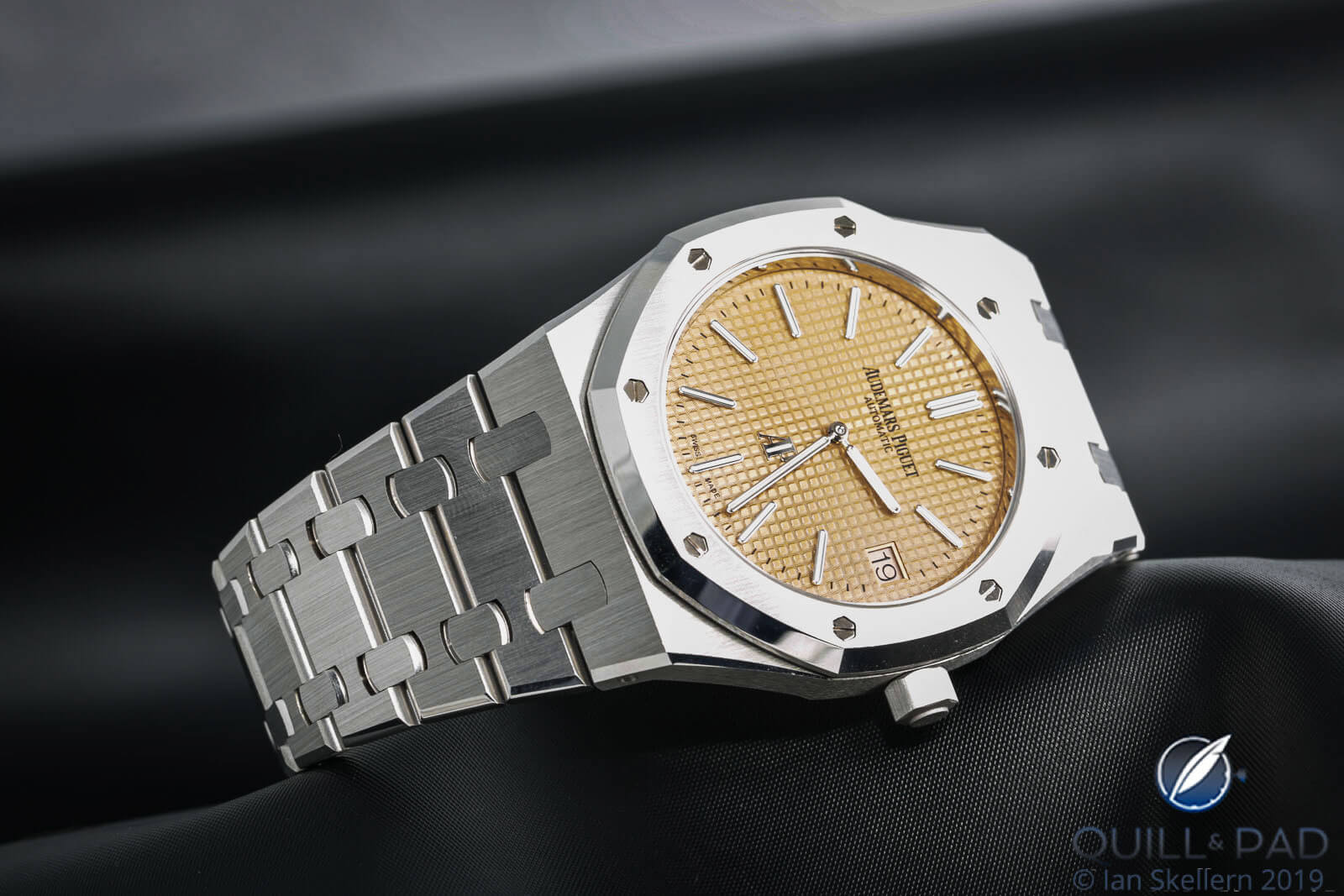
Audemars Piguet Royal Oak Jumbo Extra-Thin
IS: Without any titles, subtitles, brand name, or text on the dials, most watch fans would immediately recognize an Audemars Piguet Royal Oak Jumbo Extra-Thin. I love it, though I still don’t understand how a 39 mm Royal Oak merits the “Jumbo” moniker. This watch is my runner-up in this category.
JM: In my eyes, and based on the rules of the category, the Royal Oak is the only watch that truly meets the criteria for being “iconic.” It has been produced continuously since 1972, seen many variations but minimal changes over time, and remains one of the most popular watches in the industry and for Audemars Piguet.
The Royal Oak Jumbo Extra Thin is a bit of an amalgam of the thinness of the original with a size more akin to modern tastes. Regardless of the exactness of this model relative to the original, it has stayed fairly tried and true through the decades, just like the Rolex Submariner and just like the Patek Philippe Calatrava. For that reason, it is undoubtedly deserving of the term “icon,” and no single watch in this category can objectively argue with that.
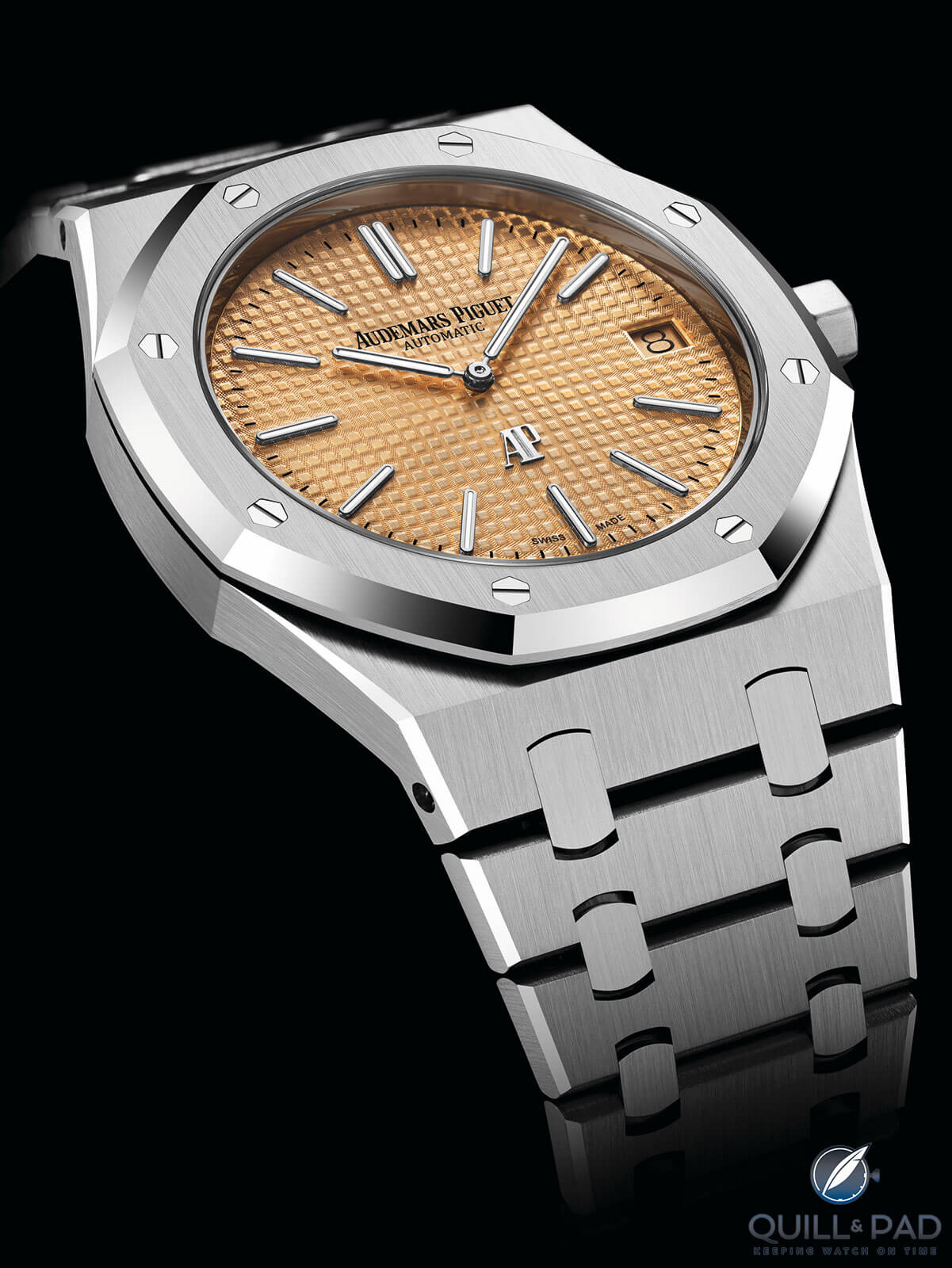
Audemars Piguet Royal Oak Jumbo Extra-Thin
MG: The Audemars Piguet Royal Oak has evolved over the years and decades, yet in terms of style it was truly evolution and never revolution. Of course, Audemars Piguet would have also been crazy to have changed even a single bolt of the design as it has for so long been the raft of success on which the brand floats.
For more please visit gphg.org/horlogerie/en/watches/royal-oak-jumbo-extra-thin.
Quick Facts Audemars Piguet Royal Oak Jumbo Extra-Thin
Case: 39 x 8 mm, white gold
Movement: automatic Caliber 2121, 19,800 vph frequency, 40-hour power reserve
Functions: hours, minutes; date
Limitation: 75 pieces for 2019
Price: $55,400/55,700 Swiss francs
Girard-Perregaux Quasar
SL: The Quasar is an odd choice for Girard-Perregaux; the three bridges are certainly one of the brand’s signatures, but GP has so many historic collections that could be called iconic, if perhaps slightly obscure in today’s market, I would’ve seen a more classic interpretation gaining better traction in this category. The brand’s recent focus, the Laureato collection, is also iconic, but it also comes from the mind of Gerald Genta, so ultimately a difficult choice either way.
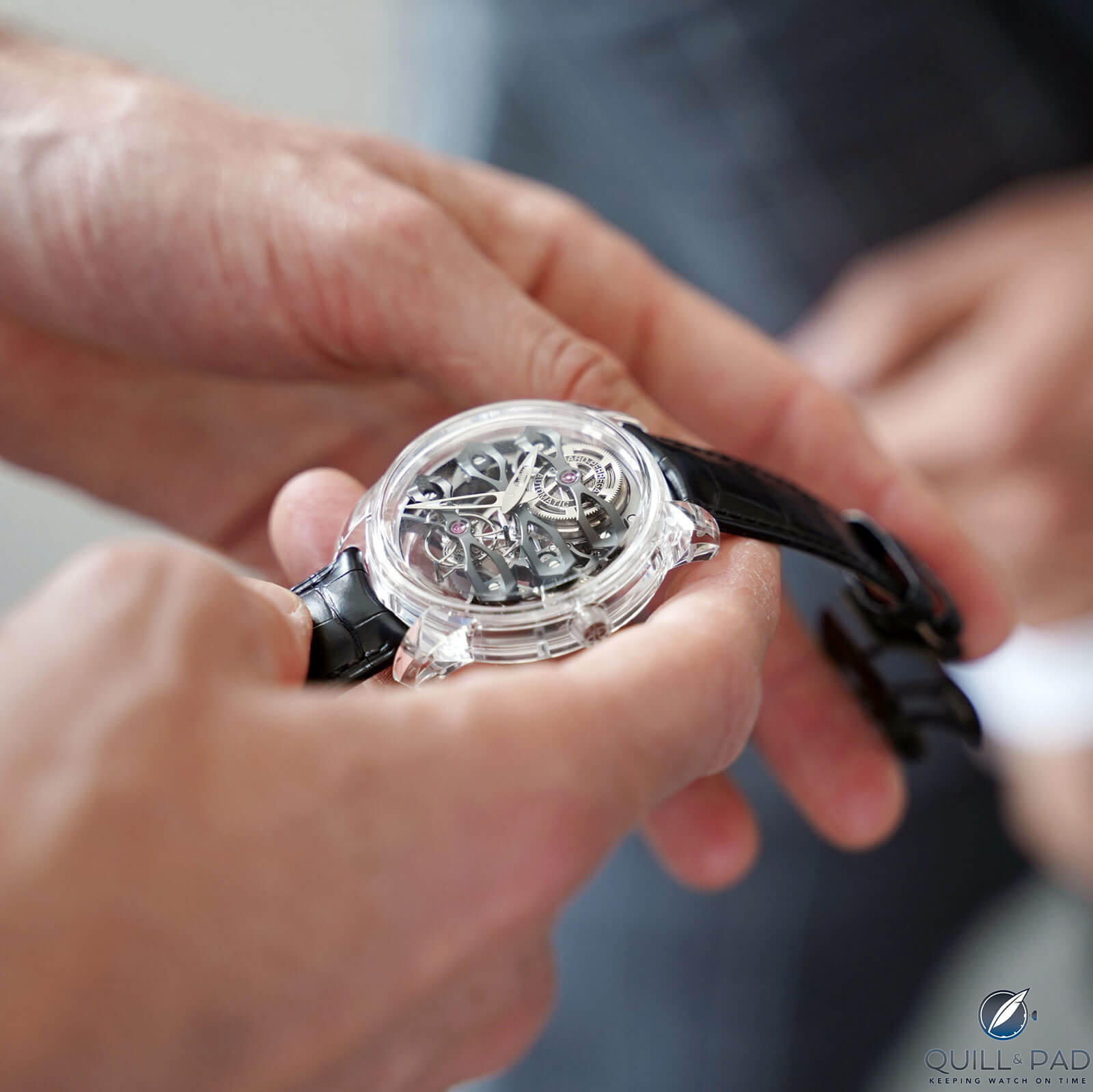
Girard-Perregaux Quasar
TM: With the La Chaux-de-Fonds brand’s signature “bridges” over a tourbillon, the Quasar is a more convincing statement of company identity than the mixed bag of new “Earth to Sky” watches of 2019. That said, the same shape, functions, and movement were just as compelling on 2018’s Neo-Bridges Tourbillon With Three Bridges Skeleton, and the Quasar amounts to a sapphire crystal version of an existing model.
MG: While I think Girard-Perregaux did an excellent job making its legendary tourbillon with three gold bridges into a modern-day creation with the Quasar, it should have entered a classic version and not this one. Also, no watch with a sapphire crystal case has yet entered “iconic” territory, sorry.
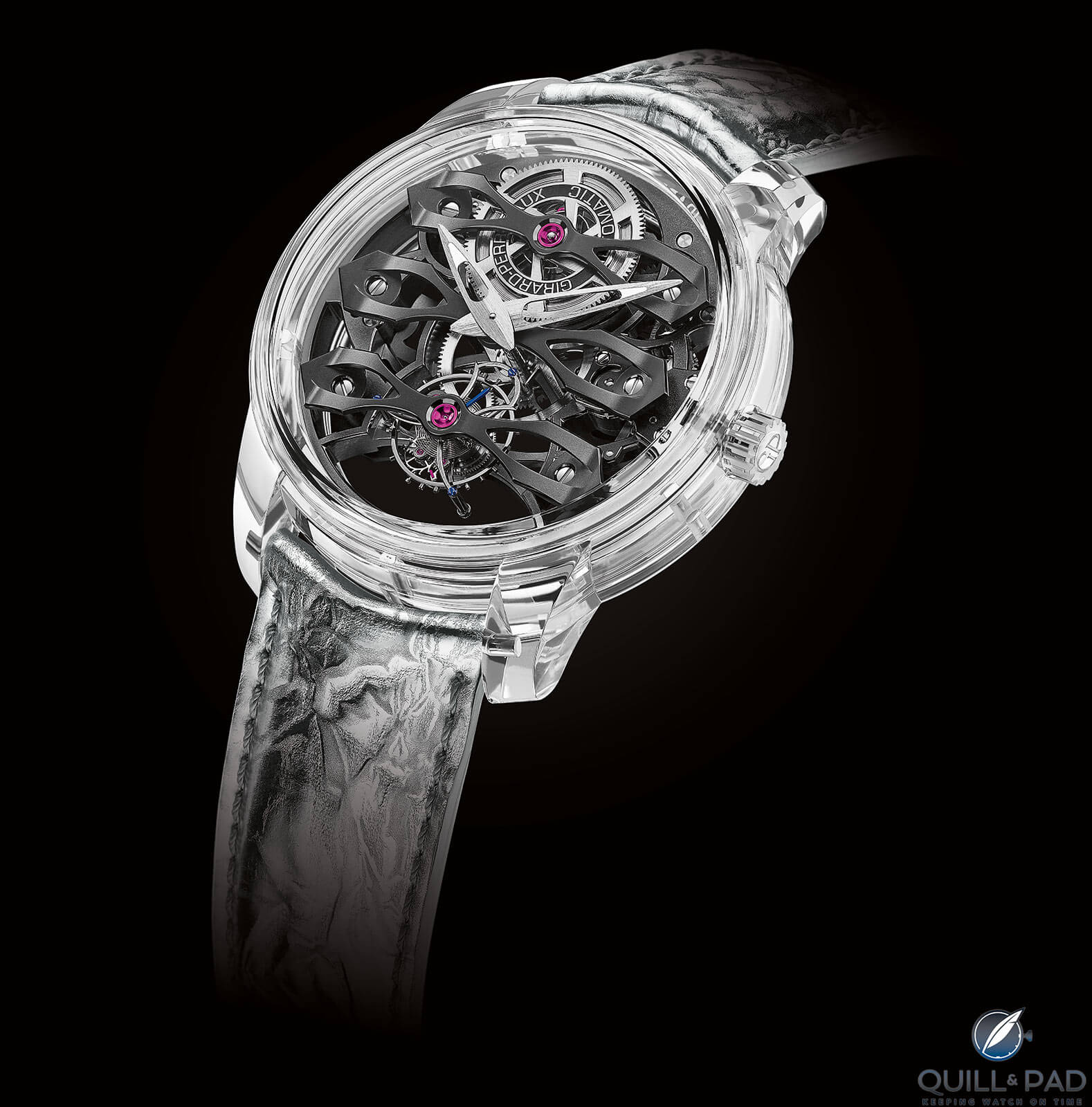
Girard-Perregaux Quasar
JM: This, to me, is the biggest stretch of the Iconic category because just saying the Three Bridges Tourbillon movement applies to an entire collection, in whatever form it takes, is glossing over the fact that the movement doesn’t necessarily make the model. Plus, this watch is in a sapphire crystal case and features the Neo Bridges style, something only seen within the last half-decade.
It doesn’t matter how cool this watch is, it is far from a qualifying watch for this category. It feels like this watch was just misplaced, which happens every year for a few pieces, and so its chances are amputated from the start.
IS: I’m writing off the Girard-Perregaux Quasar because my iconic GP is the “three golden bridges,” not “three bridges.”
Further reading:
3 New Complicated Timepieces At Miami Watches & Wonders 2019 From Louis Vuitton, Girard-Perregaux And Ulysse Nardin
Girard-Perregaux Presents Neo-Tourbillon with Three Bridges
For more please visit gphg.org/horlogerie/en/watches/quasar.
Quick Facts Girard-Perregaux Quasar
Case: 46 x 15.25 mm, sapphire crystal
Movement: automatic Caliber GP9400-1035 with one-minute tourbillon and titanium bridges; 60-hour power reserve, 3 Hz/21,600 vph frequency
Functions: hours, minutes, seconds (on tourbillon cage)
Price: $194,000/195,000 Swiss francs
Hamilton Intra-Matic Automatic Chronograph
SL: I don’t think Hamilton, the brand, gets the attention it deserves in today’s market; the reasons why is an analysis best reserved for another discussion. In any case, the Intra-Matic is a nice, vintage-inspired watch, one that has certainly influenced the brand over the years, and many others. However, it does feel a bit generic in this company, and the lineage is not direct enough with the original when you consider the other watches it’s competing against.
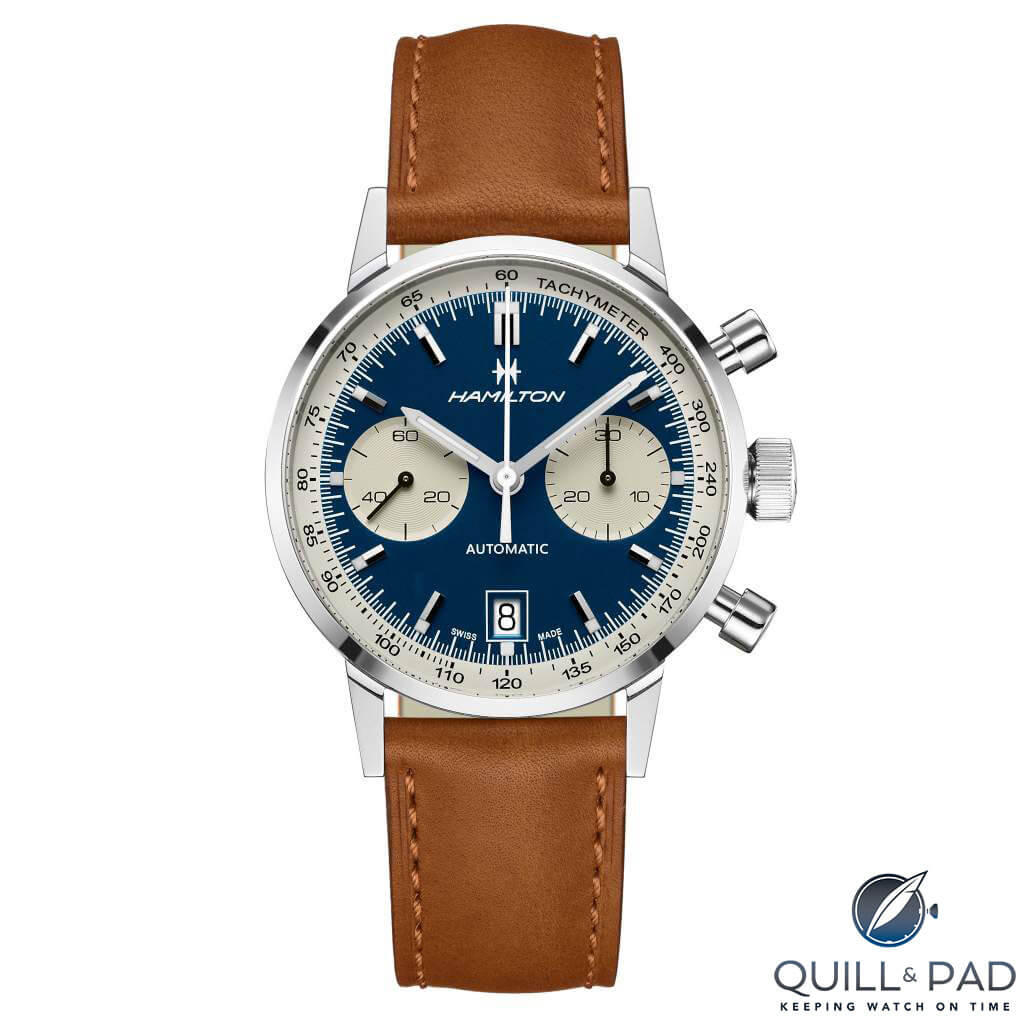
Hamilton Intra-Matic Automatic Chronograph
IS: I’m cutting the Hamilton Intra-Matic Automatic Chronograph because from the photos, without a name on the dial, I would not have been able to name the brand, let alone the model (my flaw, not Hamilton’s). No matter how good this watch is, it’s just not iconic enough in this category.
JM: The Hamilton Intra-Matic Chronograph is clearly a solid watch that looks timeless in its current form and has been a relatively major part of the vintage market for a long time. The entry-level watch is a call back to the beloved panda dials of the 1960s and 1970s, which is bound to get a lot of love. This watch is a revival piece and does not represent a clear continuation of a line, so for me it falls short of the Iconic claim that this category seeks to apply.
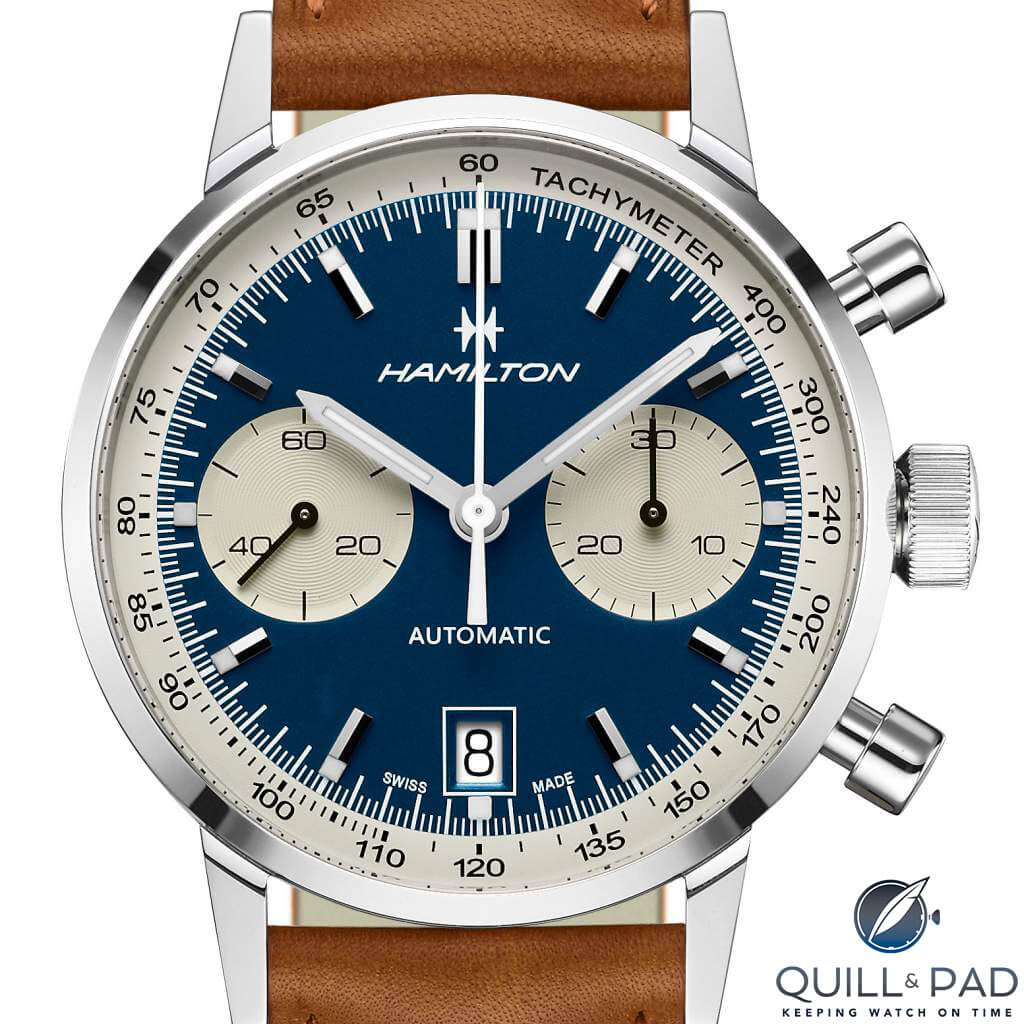
Hamilton Intra-Matic Automatic Chronograph
TM: Hamilton follows Zenith’s lead down the well-worn path of vintage tributes. The Intra-Matic is a sound value at 2,150 Swiss francs. This watch is as handsome as the Zenith and similarly unchallenging, but it makes a strong case for Hamilton as the overlooked gem in the Swatch Group labyrinth of brands. Hamilton’s new Intra-Matic makes a stronger case for the former “Revival” prize or this year’s “Challenge” classification than it does for “Iconic” class honors.
MG: Honorable mention goes to the Hamilton Intra-Matic as it highlights one of the most tempting chronographs the brand has made as a modern recreation. While this watch was important for Hamilton, I would actually consider its Ventura far more iconic . . .
For more please visit gphg.org/horlogerie/en/watches/intra-matic-automatic-chronograph
Quick Facts Hamilton Intra-Matic Automatic Chronograph
Case: 40 x 14.45 mm, stainless steel
Movement: automatic Caliber H-31, 60-hour power reserve, 4 Hz/28,800 vph frequency
Functions: hours, minutes, seconds; date, chronograph
Price: 2,150 Swiss francs
IWC Schaffhausen Tribute to Pallweber Edition 150 Years
IS: I’m cutting the IWC Tribute to Pallweber Edition 150 Years from the running because, while it may well be iconic to some IWC aficionados, I wouldn’t have recognized or known its history without the name and backstory. My IWC ignorance means it’s not iconic enough (to me).
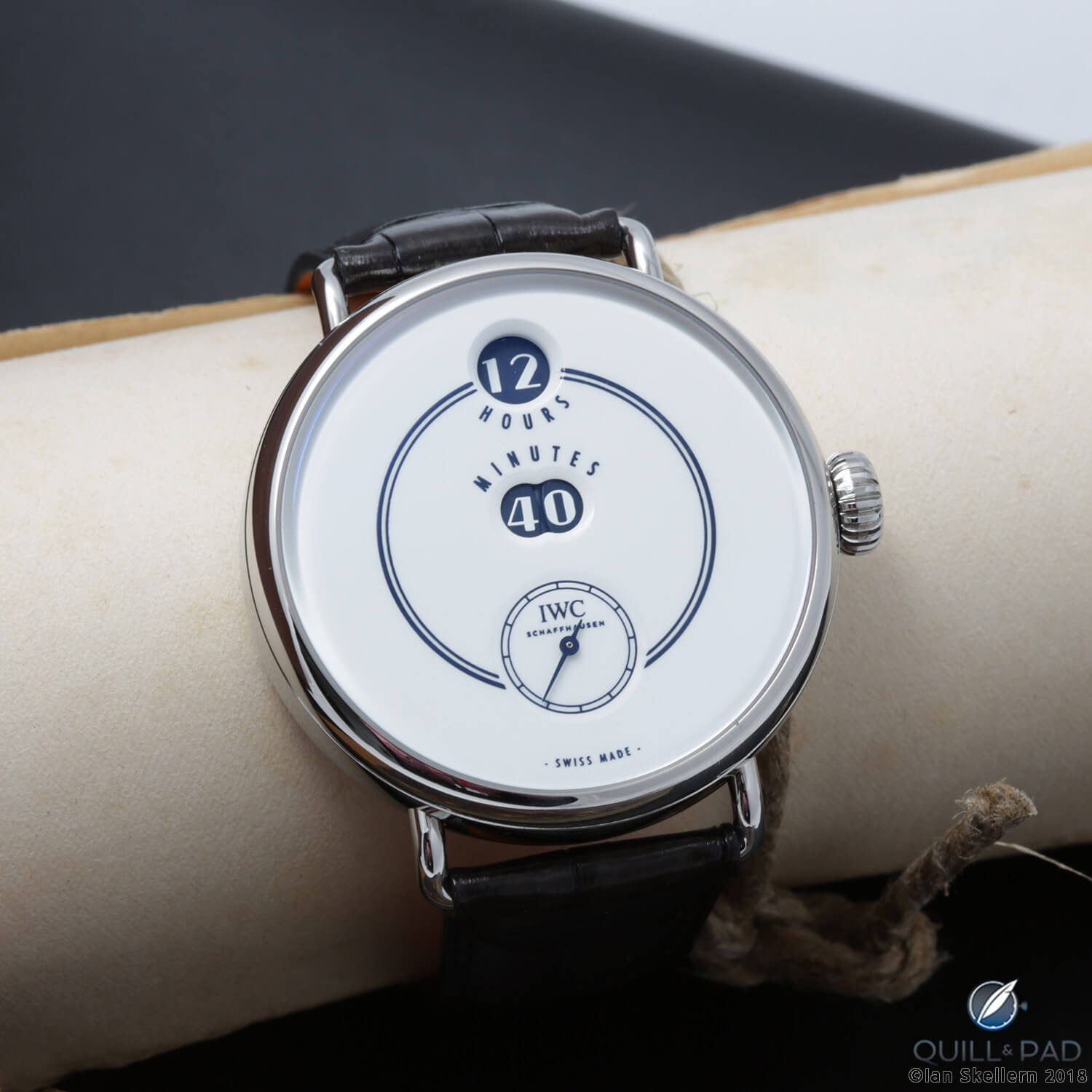
IWC Tribute to Pallweber Edition 150 Years
MG: IWC’s Tribute to Pallweber puzzles me a bit. It is an amazing timepiece, yet it first came to life as a pocket watch. Then this complication wasn’t used for decades at IWC, only to return as a tempting wristwatch . . .
SL: This is where the use of the word “iconic” becomes really tricky; this particular watch is certainly linked to a signature IWC pocket watch dating back to the late 1800s but wasn’t produced for very long. It’s interesting because the digital time display has only recently been revived in mechanical watches; it requires more mechanical power and its simplicity belies the mechanical complexity. All this to say that to me it’s borderline as a true icon today as the design was dormant for more than a century, and one collection does not a lineage make.
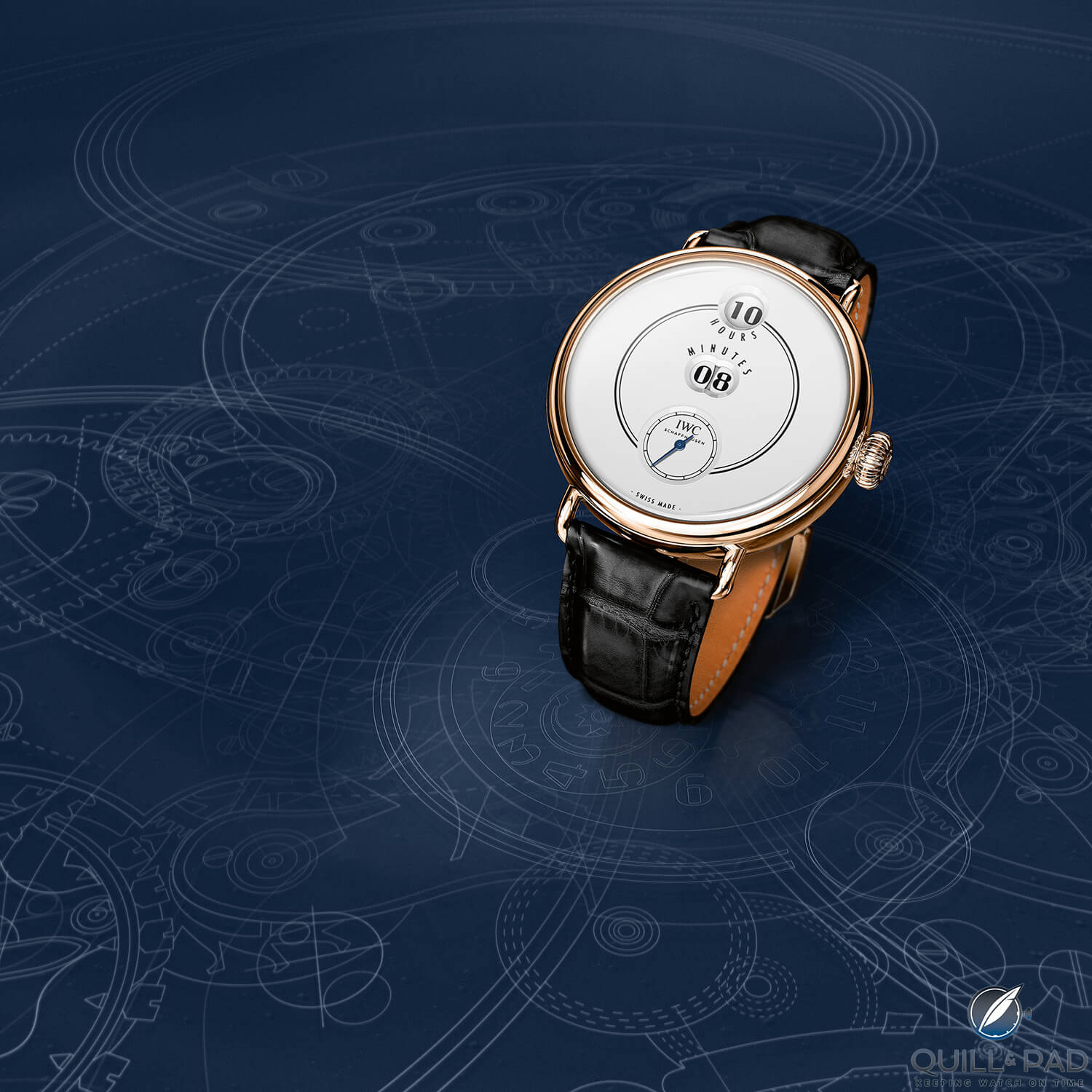
IWC Tribute to Pallweber Edition 150 Years
TM: IWC’s Tribute to Pallweber Edition 150 Years was among the most discussed and sought-after watches of 2018. IWC built 775 of all three wristwatch models (there was a pocket watch, too), and the Schaffhausen brand could have sold multiples of that number without difficulty.
This is a watch that trades engineering blows with A. Lange & Söhne’s $73,000+ Zeitwerk, and in many respects the IWC is a far better value; the steel Pallweber retailed for $23,100. The IWC’s twin-barrel Caliber 94200 is sized properly for its case, perfectly synchronizes the independent seconds and minutes power trains, and even manages a superior 60-hour power reserve. For comparison, a standard Zeitwerk runs for 36 hours.
More than an engineering landmark for IWC, the Pallweber’s unique wrist/pocket fusion design and laboriously crafted lacquer dial are design triumphs. The watches appear rich, warm, and balanced. Traditional digital jump-display pitfalls of legibility, visual balance, and empty dial expanses have been resolved with a minimum of text, character lines, and lustrous lacquer.
The most impressive achievement of the Pallweber might be its total lack of precedent in recent centuries. While hardcore IWC fans likely recall the Josef Pallweber pocket watches of the nineteenth century, many of the collectors who scrambled to secure the limited run of wristwatches were seeing this design for the first time. It’s neither a Pilot’s Watch nor a Portugieser, and there was no extant modern product class on which to build a business case for this offbeat machine.
I’m selecting the Pallweber for the Iconic prize because it’s the only model from this GPHG category pre-selection that attempts to create a future icon from scratch.
JM: The IWC Tribute to Pallweber is one of my favorite watches of the category and one of my favorites from this year entirely. It has awesomely vintage style and a very cool dial layout that is rarely seen these days.
It reminds me of another love of mine, the Bell & Ross Vintage WWI Heure Sautante, but goes further and has jumping minutes, which doubles my love of jump hours. But, like so many others in this category, it is not a model that has been made for the last 25 years. A one off-model does not an icon make, no matter how popular the original was when it was made a century ago.
Further reading: IWC Tribute To Pallweber Edition Celebrates 150th Anniversary With Brand’s First Wristwatch With Digital Display
For more please visit gphg.org/horlogerie/en/watches/iwc-tribute-pallweber-edition-150-years.
Quick Facts IWC Schaffhausen Tribute to Pallweber Edition 150 Years
Case: 45 x 12 mm, red gold
Movement: manual winding Caliber 94200, 4Hz/28,800 vph frequency, power reserve 60 hours
Functions: mechanical digital hours and minutes, hacking subsidiary seconds
Limitation: 250 pieces
Price: $36,600/38,000 Swiss francs
TAG Heuer Monaco Eighties
JM: To me, the Monaco is one of the most iconic watches that even non-watch people will recognize. I guess that’s what happens when Steve McQueen is the poster child for the watch: it is instantly recognizable across the board no matter what circles you are a part of.
But like the Hamilton, Zenith, and IWC watches entered into this category, the watch has not been made continuously, having been discontinued in the 1970s and then revived in 1998. So to me that again keeps this watch from winning the Iconic title, even though it is arguably one of the most iconic watches of the twentieth century.
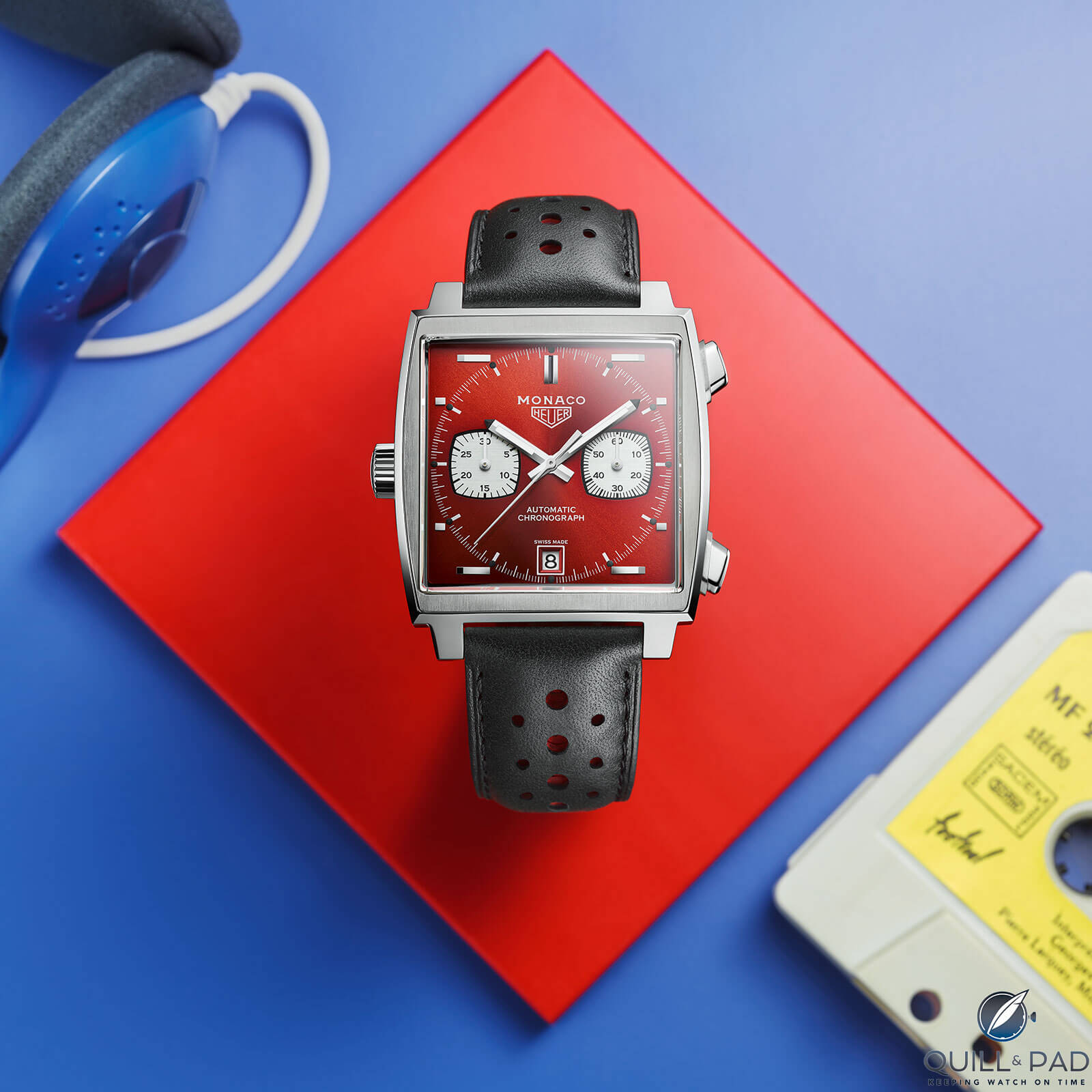
TAG Heuer Monaco Calibre 11 Limited Edition Eighties (1979 – 1989)
IS: Without any titles, subtitles, brand name, logo, or text on the dial, most watch fans would quickly, if not immediately, recognize a TAG Heuer Monaco. Thanks to Steve McQueen, the Heuer Monaco is as “iconic” as they come. And just looking at it makes me smile. The Heuer Monaco Eighties is my pick for best Iconic watch for the 2019 GPHG.
SL: Now here’s a watch with a truly iconic design, even if TAG Heuer has been milking it a bit much on its fiftieth anniversary with a number of aesthetic variants already launched. The association with Steve McQueen has brought it to the fore with a whole new generation of watch enthusiasts, and there’s little doubt that the design, especially the original one, with the crown on the left and the pushers on the right, is instantly recognizable.

Chad McQueen and Patrick Dempsey with a TAG Heuer Monaco Calibre 11 Limited Edition 1979-1989
So it’s arguably also a revived icon, as Joshua stated, as it was dormant for a couple of decades, but I have to give the brand credit for having it in its current collection long enough that the idle period is irrelevant and the watch deserves being called a modern icon.
MG: I feel that TAG Heuer made an interesting choice entering one of its most iconic creations, yet in one of the least known varieties. I personally really like the Monaco Eighties, but perhaps the Gulf edition would have been a better choice.
Further reading:
First 3 TAG Heuer Monaco Limited Editions In Celebration Of 50 Years Of The First Automatic Chronograph
TAG Heuer Monaco Gulf 2018 Special Edition & Monaco Gulf 50th Anniversary Limited Edition: Image Is King
For more please visit gphg.org/horlogerie/en/watches/monaco-eighties.
Quick Facts TAG Heuer Monaco Eighties
Case: 39 x 39 x 14.4 mm, stainless steel
Movement: automatic Caliber 11 (based on Sellita SW300), 28,800 vph, power reserve 40 hours
Functions: hours, minutes, seconds; date, chronograph
Limitation: 169 pieces
Price: $6,550/€5,950/6,400 Swiss francs
Zenith El Primero A384 Revival
SL: I’m starting to wonder whether this category will exist next year because it seems that 1969 was key to a number of very well-known watches (one of which everyone knows but the brand doesn’t take part in the GPHG . . . you know who you are). I think the A384 Revival will appeal to the vintage enthusiasts more than the modern ones.
The El Primero caliber is unquestionably one of the most iconic in the watch industry, blazing the trails for high frequency and powering some of the best known watches of yesteryear (again, you know who I’m talking about . . .), but the El Primero watch that is most iconic is, in my most humble opinion, not this one (I’m already preparing to dodge bullets from some of my friends in Le Locle).

Zenith El Primero A384 Revival
JM: This A384 Revival is a very cool El Primero chronograph and a nearly identical reissue of the original from 1969. This is a fantastic vintage edition that many were excited for when it came out, but like others it is a modern revival of an old watch that has not been in constant production, especially within the last 25 years.
Being part of the El Primero collection would check that box, but I don’t think it qualifies for the prize. It is great watch that would be better chosen for the Revival prize.
MG: Yes, the El Primero is by all means legendary, but we are talking here about the movement. Of course, the brand did need to make a choice out of the 1001 different styles it has marketed the movement in, and this one is for sure a fine choice. But it cannot in my opinion compete with the Audemars Piguet Royal Oak Jumbo.
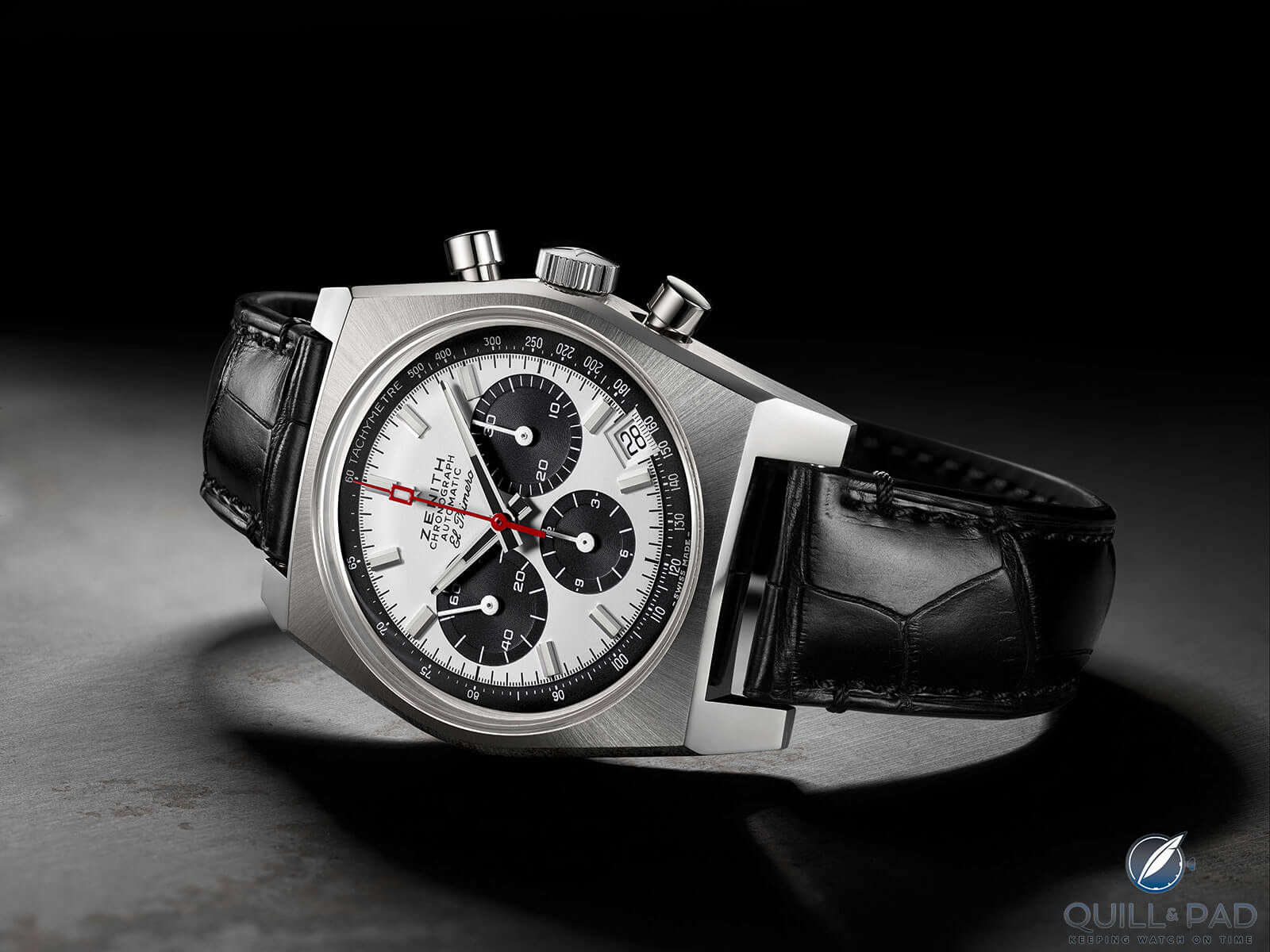
Zenith El Primero A384 Revival
TM: It wasn’t long ago that Zenith celebrated 40 years of its eternal El Primero chronograph caliber, and the “Vintage 1969” limited editions of 2009 come within a hair’s breadth of 2K19’s A384 Revival.
While I adore that somebody inside the LVMH hive has allowed a portion of the Zenith catalog to venture beyond stock Hublot and TAG Heuer design conventions, the retro-watch trend feels like a high tide at, well, zenith. Handsome but unchallenging, the fifitieth-anniversary A384 keeps a piece of the Le Locle company’s soul intact, albeit at the cost of innovation.
IS: The Zenith El Primero A384 Revival is a strong iconic watch for me and makes my cut at number three, not through any flaw in this superb remake, but because I feel that there are two more even stronger “Iconic” revivals in the running.
Further reading: Exceptional Movements In History: Zenith El Primero
For more please visit gphg.org/horlogerie/en/watches/el-primero-a384-revival.
Quick Facts Zenith El Primero A384 Revival
Case: 37 x 12.6 mm, stainless steel
Movement: automatic Caliber El Primero 400, 5 Hz/36,000 vph frequency, column wheel chronograph, 50-hour power reserve
Functions: hours, minutes, seconds; date, chronograph
Price: 7,900 Swiss francs
Predicted Winners
Ian: Heuer Monaco Eighties
Martin: Audemars Piguet Royal Oak Jumbo Extra-Thin
Joshua: Audemars Piguet Royal Oak Jumbo Extra-Thin
Sean: Audemars Piguet Royal Oak Jumbo Extra-Thin
Tim: IWC Tribute to Pallweber Edition 150 Years
You may also enjoy:
Our Predictions In The Ladies Category Of The 2019 Grand Prix d’Horlogerie de Genève (GPHG)
Leave a Reply
Want to join the discussion?Feel free to contribute!








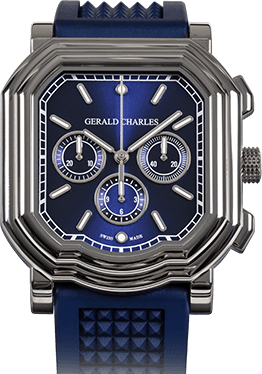
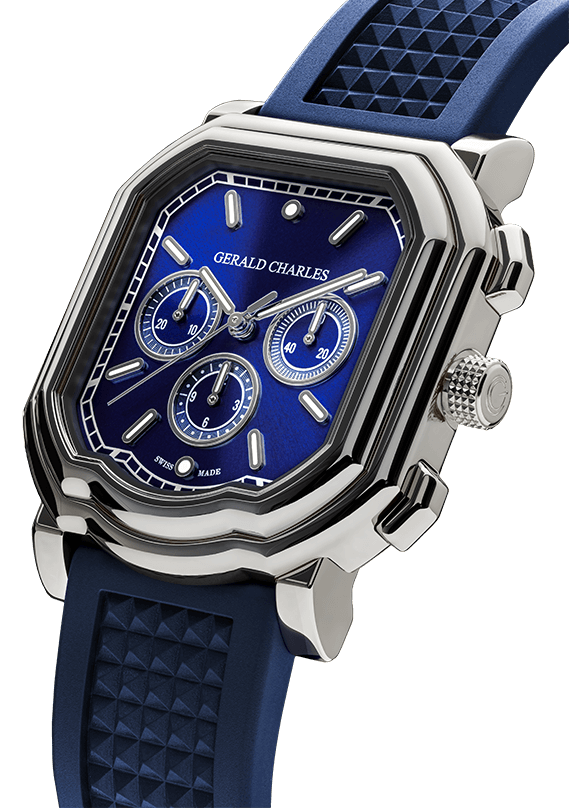


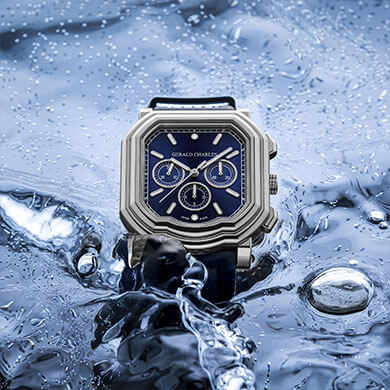

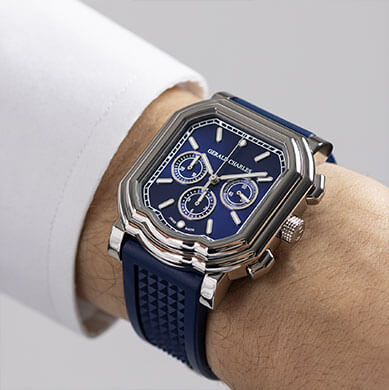



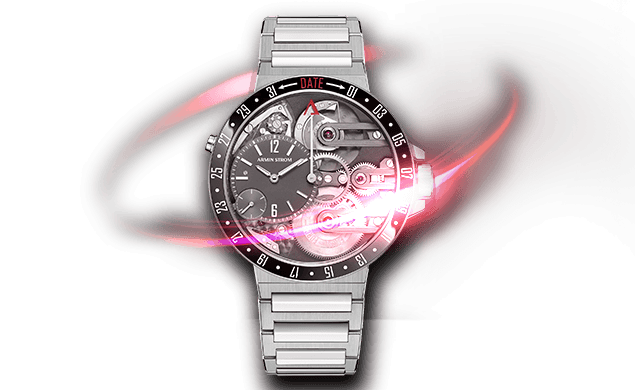
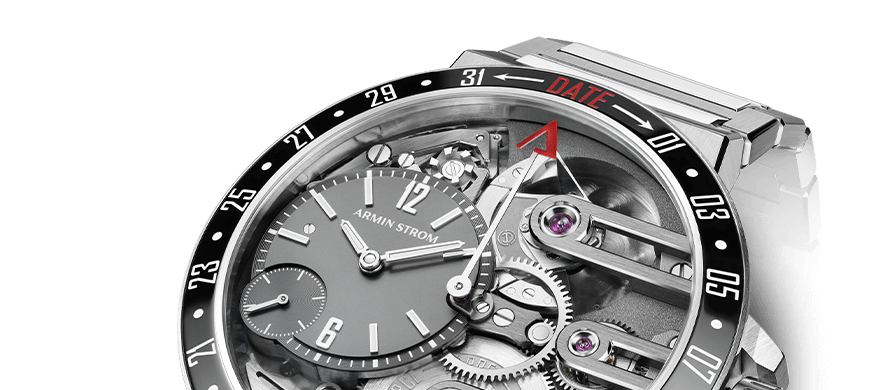
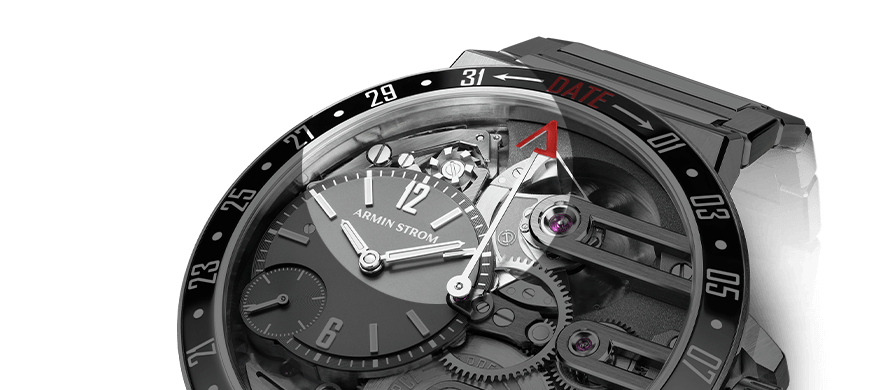


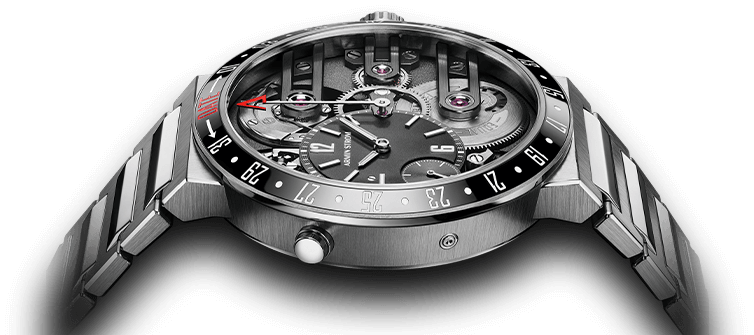
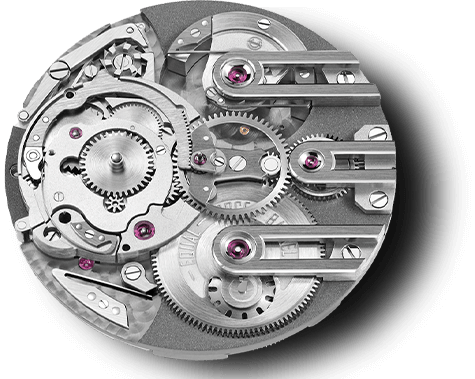







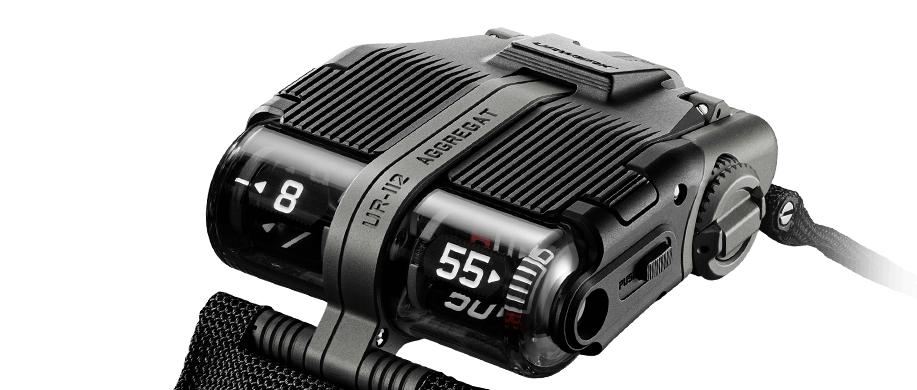
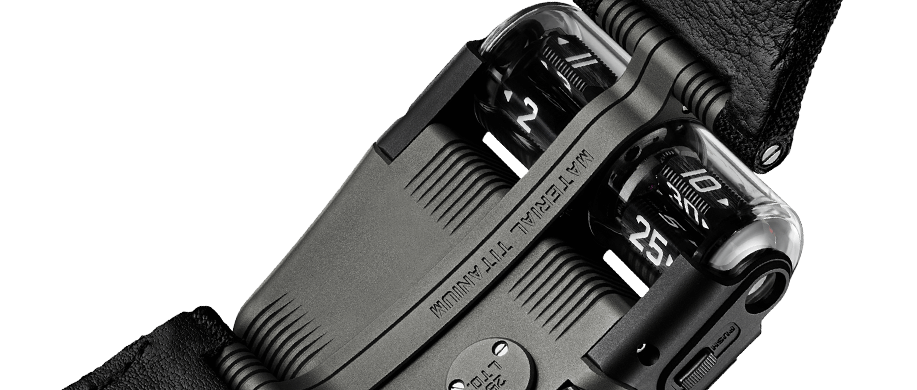
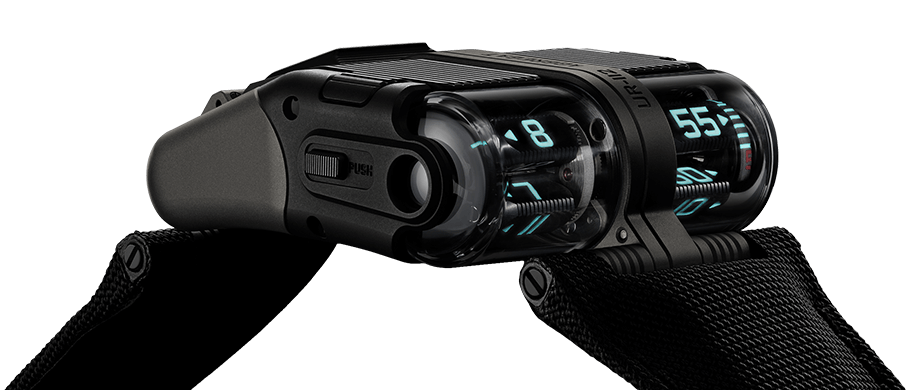


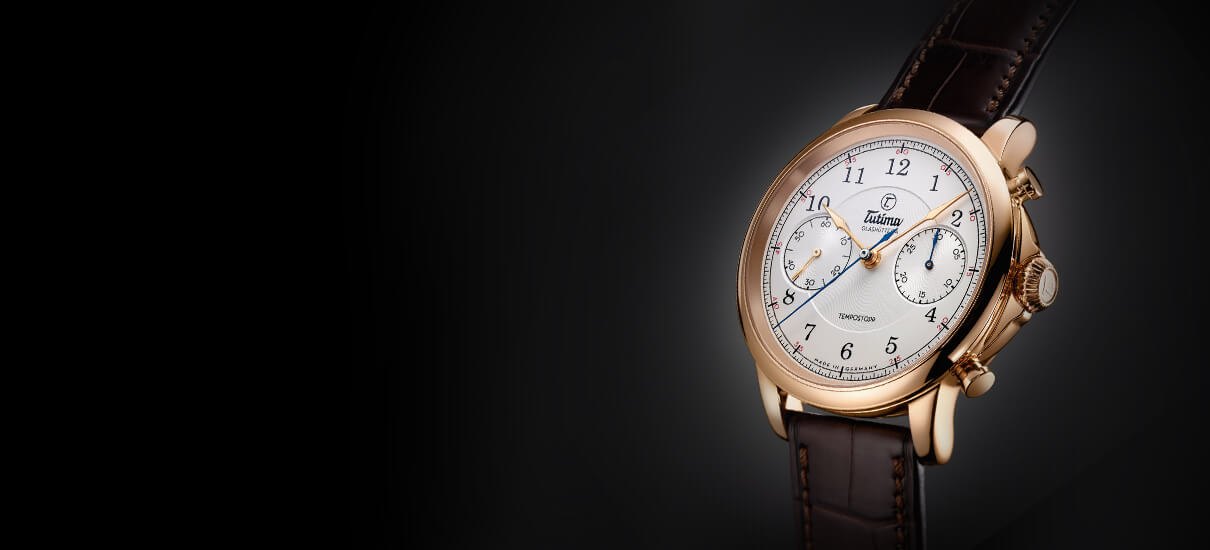

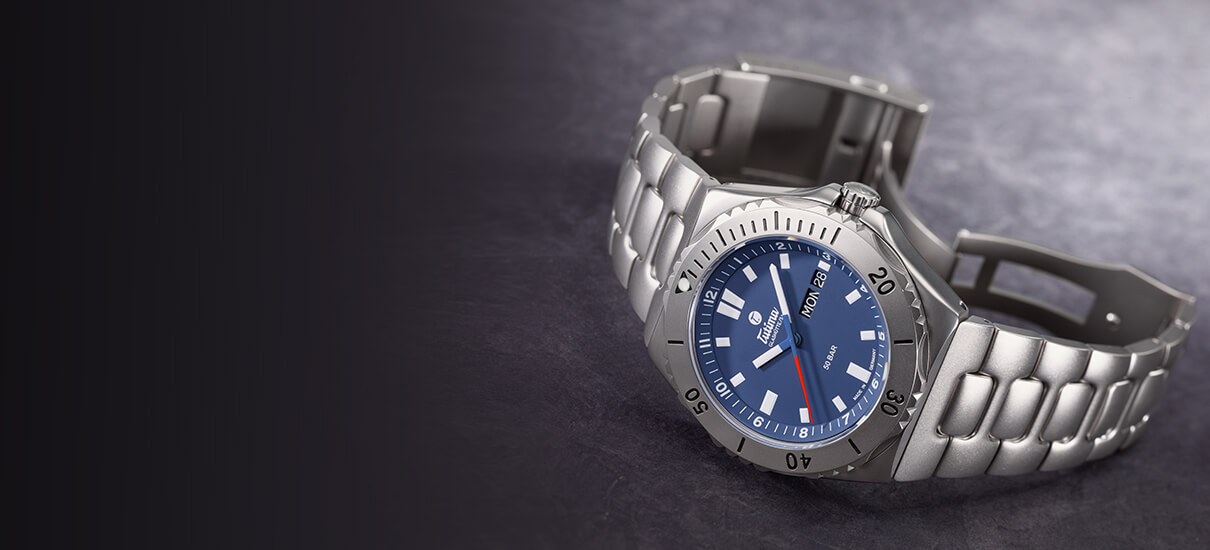

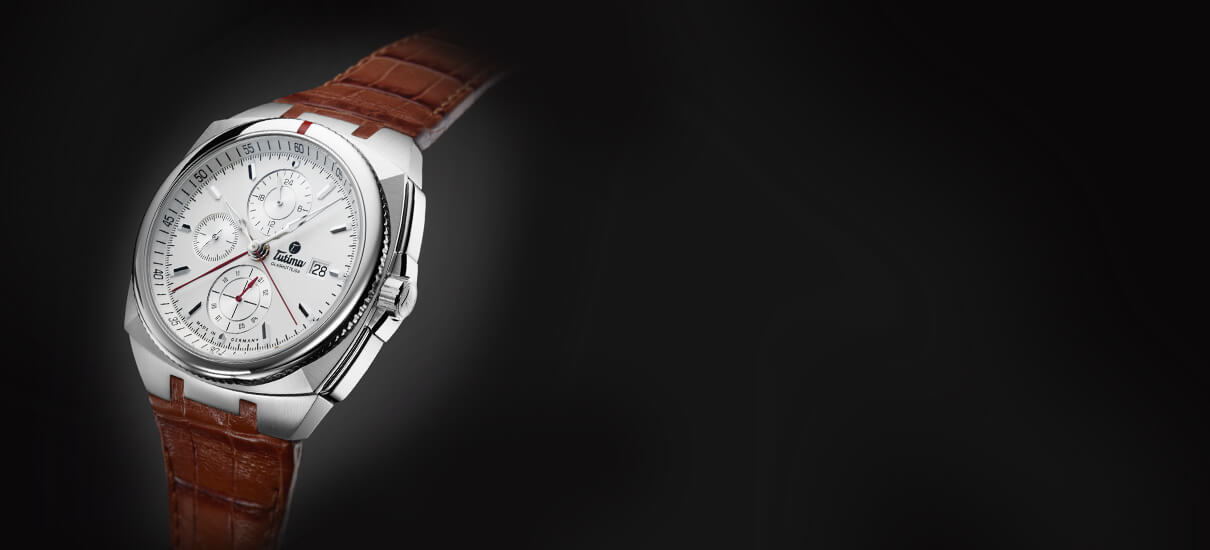

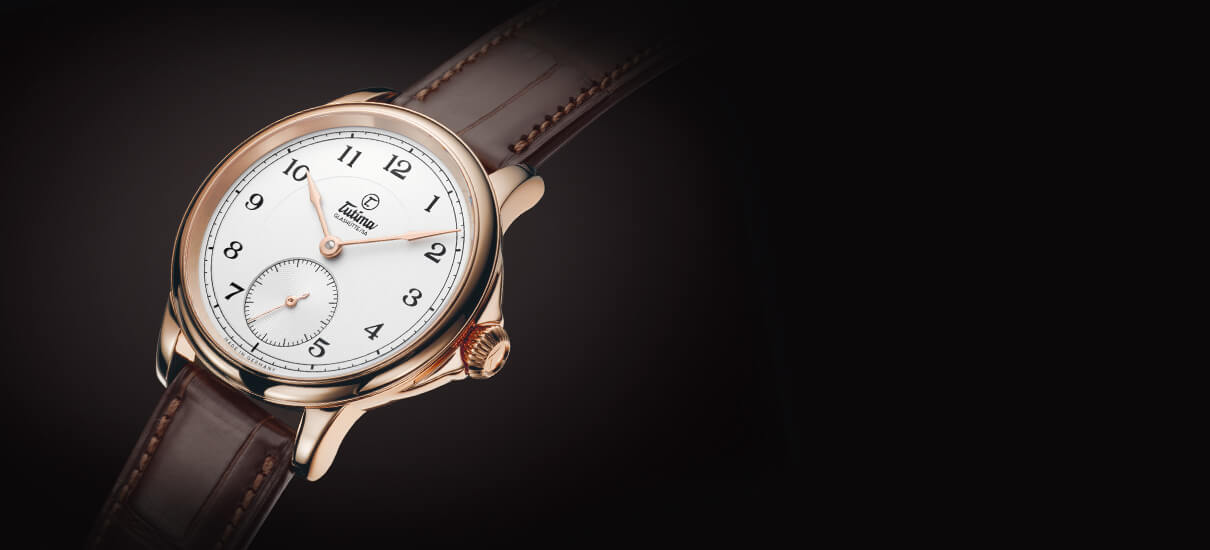

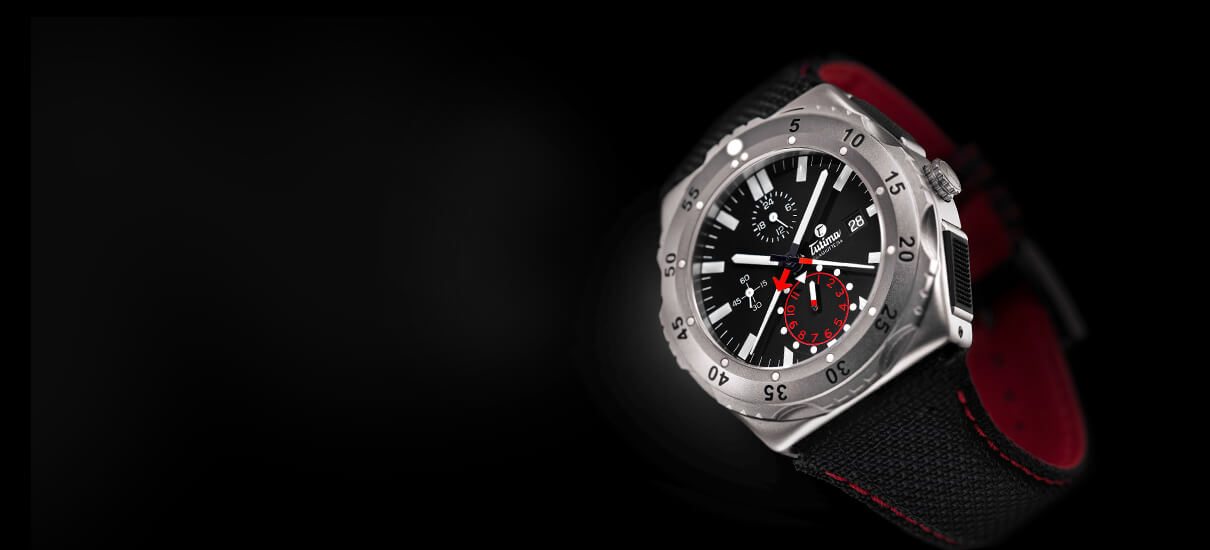

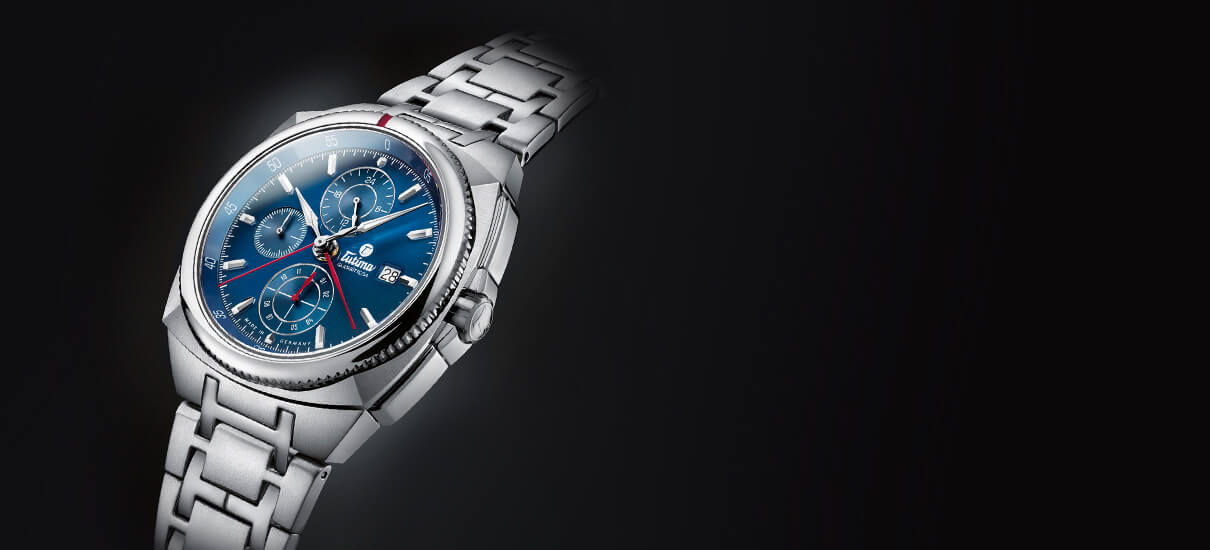

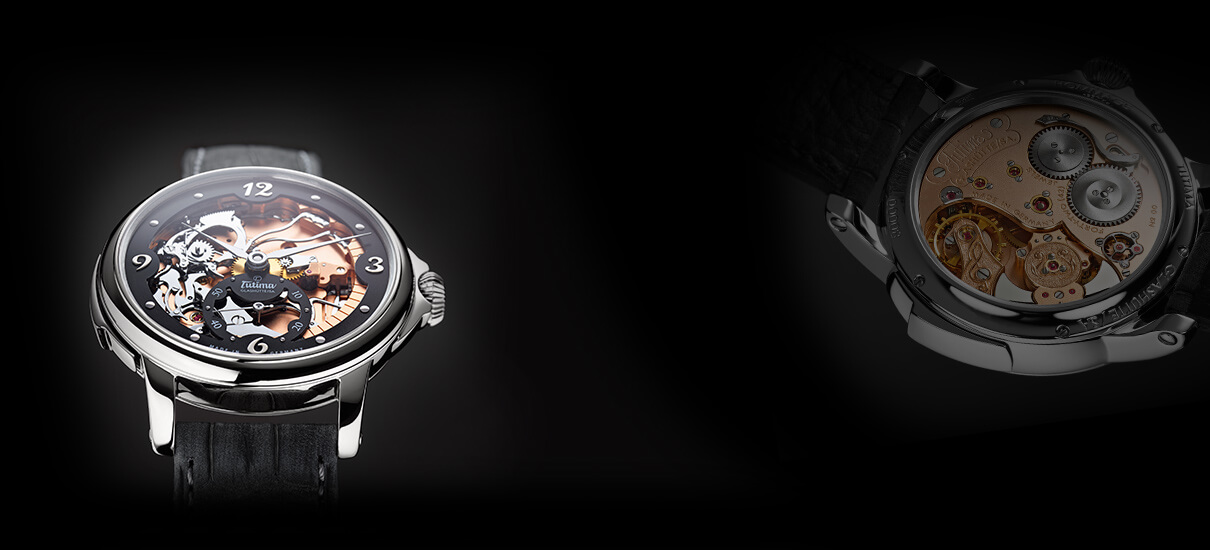



The mention of the Zeitwerk in Tim’s somewhat tenuously-excused choice begs the question: why isn’t the Lange 1 in this selection? It qualifies. I suppose it might make it more difficult for the award to go to the one that we all know is going to win it. Maybe next year for Lange, then.
A. Lange & Söhne did not enter any watches into the GPHG this year, and I do not know why.
Let’s hope they enter it next year.
Fingers crossed!
You and everyone knows why Rolex does not compete, they would lose every time, not sometime,every time.They do nothing, They count money and do nothing. If they just add a dial color or two tone bezel people sh*t their paints, they how much Inertia they have (feel free to steal that thought as it is so spot on) .
Does Breitling not participate in the GPHG? If so, the Navitimer 806 1959 re-edition should definitely have received at least a nod here…
I agree that it definitely would have made it through the pre-selection process had it been entered. Sadly, it was not – nor did Breitling enter a watch anywhere else in the competition.